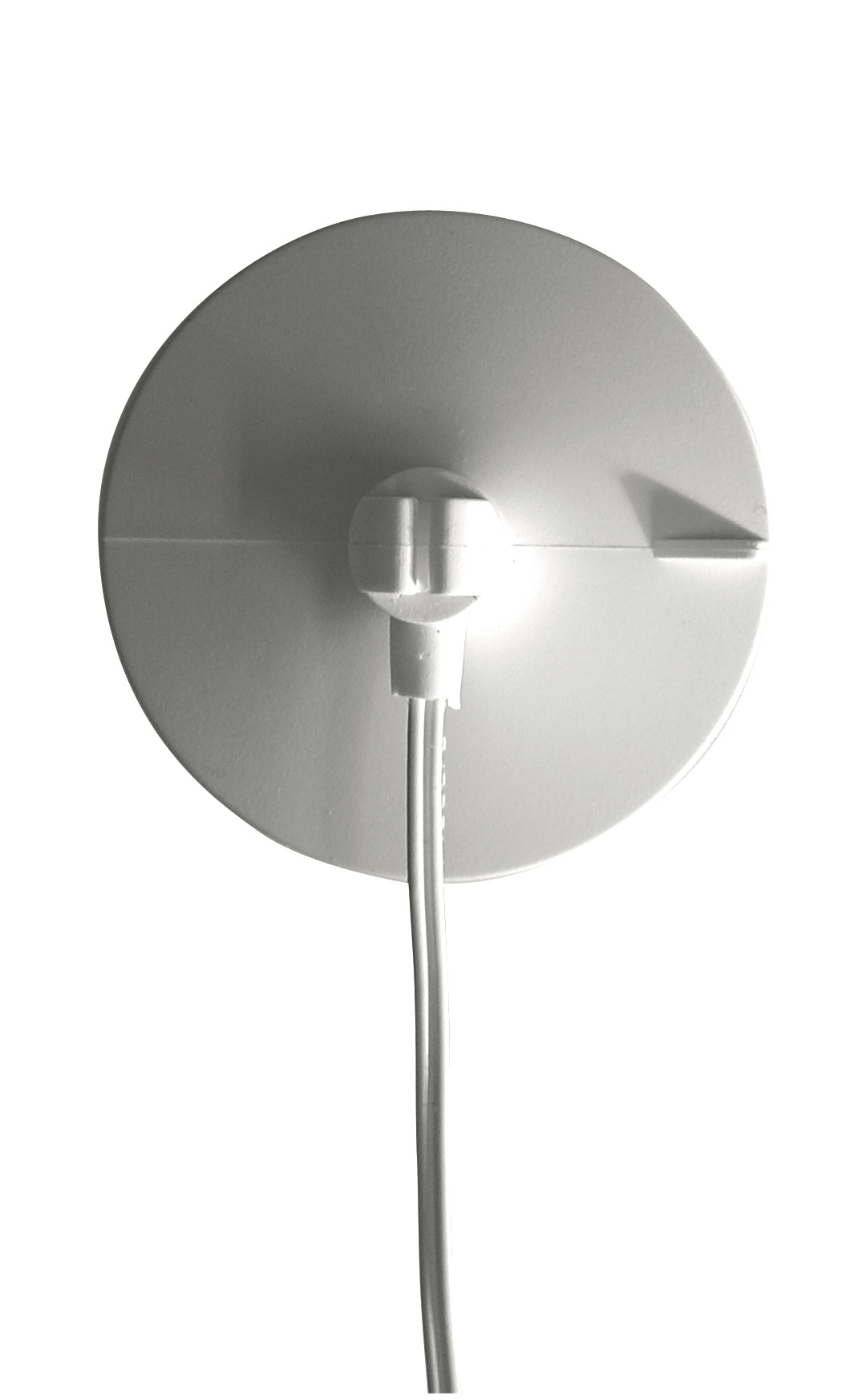

This study proposes a new steering control law for CMGs by controlling the constant speed of a CMG. However, CMGs have a singularity problem whereby the torque by the CMGs degenerates from three dimensions to two dimensions, affecting spacecraft attitude control performance. To enable the agile control of satellites, using control moment gyros (CMGs) has become increasingly necessary because of their ability to generate large amounts of torque. Steering Law Controlling the Constant Speeds of Control Moment Gyros Both analytical and numerical results are presented to show the effectiveness of the present approach. The task for vibration control is carried out in two stages first in the search of a suitable CMG placement along the beam span for various slewing maneuvers, and subsequently in the development of Liapunov-based control algorithms for CMG spin-stabilization. The rigid-body dynamic model has enabled us to identify the attendant CMG momentum saturation constraints. The feedforward input for the given motion requirement is determined from the combined CMG ( Control Momentum Gyro) devices and the desired rigid-body motion. The overall slewing motion is triggered by a feedforward input, and a companion feedback controller is employed to augment the feedforward input and subsequently to control vibrations. This paper presents a moment-gyro control approach to the maneuver and vibration suppression of a flexible truss arm undergoing a constant slewing motion. Slewing maneuvers and vibration control of space structures by feedforward/feedback moment-gyro controls The closed loop system's response to impulsive gust disturbances and the resulting control power requirements are investigated, and the system eigenvalues necessary to minimize the maximum value of control power are determined. Linear optimal control theory is applied to find particular optimal sets of gain values which minimize a quadratic performance function. Incompressible flow theory is assumed, with the unsteady aerodynamic forces and moments for arbitrary airfoil motion obtained by using the convolution integral based on Wagner's indicial lift function.

Modern control techniques in active flutter suppression using a control moment gyroĭevelopment of organized synthesis techniques, using concepts of modern control theory was studied for the design of active flutter suppression systems for two and three-dimensional lifting surfaces, utilizing a control moment gyro (CMG) to generate the required control torques. The steering law/parallel mounted DG CMG is considered to be a 'CMG kit' applicable to any space vehicle where the need for DG CMG's has been established. Parallel mounting of double-gimbaled control moment gyros (DG CMG) is discussed in terms of simplification of the steering law. Steering law for parallel mounted double-gimbaled control moment gyros Both approaches are compared and some illustrative examples are given. A gimbal angle approach and a gimbal rate approach are presented for the SGCMG control law including the singularity avoidance. In the field of momentum exchange attitude control systems, single gimbal control moment gyros (SGCMG) are of increasing interest.

Two different approaches for a control law of single gimbal control moment gyros


 0 kommentar(er)
0 kommentar(er)
